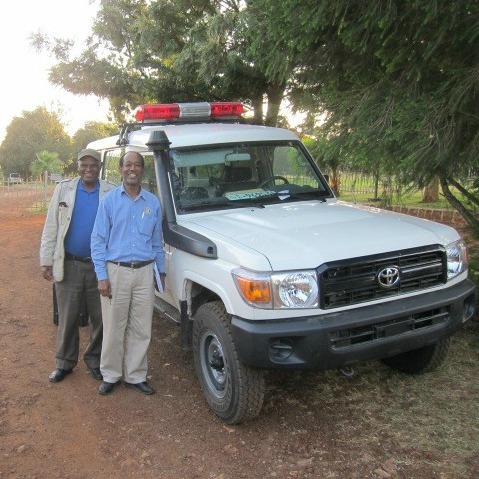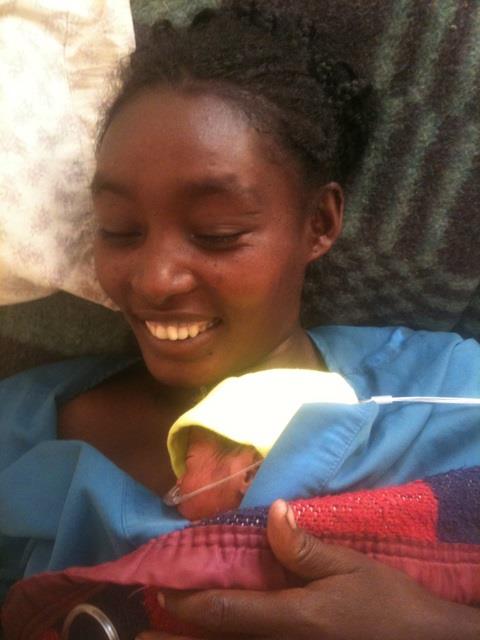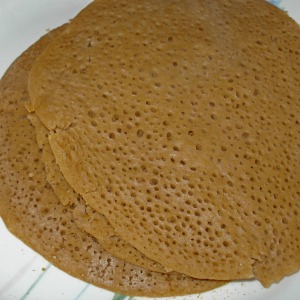The Ambulance Is Here!
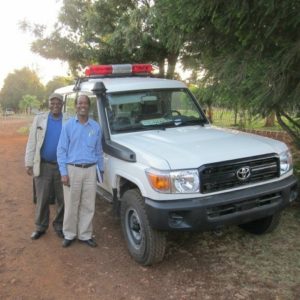 A few months ago, we posted the project for an ambulance and the need. Well, God answered our prayers, and provided the funds and now, the ambulance!
A few months ago, we posted the project for an ambulance and the need. Well, God answered our prayers, and provided the funds and now, the ambulance!
Just today, the new Landcruiser ambulance was driven down from Addis and on to our hospital grounds by our own chief administrator, Ato Desalegn. Here is Desalegn pictured with Pastor Daniel, the head of our spiritual ministries, by the new ambulance. He even fired up the siren as he pulled on campus to let everyone know.
There's a lot of excitement here around our newest addition. In Ethiopia, there are no municipal-backed EMS systems. So having an ambulance is really key for hospitals. It will allow us to transfer and go pick up sick patients. From time to time, we have had really sick patients who required a specialized operation or procedure only available in Addis Ababa. Before, we had no way to get them there, and some of these patients died. Now, we will be able to take them in our new ambulance.
An ambulance really legitimizes us in the eyes of the people of this area too. People know they will be cared for here, and if for some reason we need to transfer them, now we can!
Thanks to so many of you who helped us reach this goal. We thank God for you!
The Work of God
Two of our staff go out into the rural areas around Soddo every week to deliver much needed prenatal care. Over 95% of women in rural Ethiopia will deliver their baby with no professional attendant - midwife, nurse, or doctor. Even more than that will have no prenatal care at all. These are the reasons that we continue to see high maternal mortality and neonatal mortality in this country. (A woman aged 15 has a one in 67 chance of dying in childbirth. In the US, it is one in 2,400.)
Well our staff are doing something about it! Every week, Sophie and Jodi head out "into the bush" to tend to these pregnant ladies. Women come from all over, and line up to see them. Occasionally, they will see a critically ill mom who needs prompt attention - those get referred on to the hospital. One such woman came last Thursday.
Her complaint was that "water was coming out," and indeed she had what we call "premature rupture of membranes" - her water broke too early. She was only seven months pregnant. Not only that, but she had lost two babies before. Both at exactly the same time - seven months.
They loaded her up in the car, and brought her straight to Soddo Christian Hospital. She was seen by Dr. Mark Karnes, our obstetrician, but the situation looked grim. She was admitted, but a few days later went from bad to worse. She abrupted her placenta (where the placenta tears away from the uterus), and began hemorrhaging. It required an emergency C-section. (Dangerous for mom because of the bleeding. Dangerous for baby because these little ones often don't have developed enough lungs to survive once they are out of the womb. They lack something called surfactant which keeps the air sacs open in the lungs. Fortunately, if the mom receives steroids in the hospital, this problem can be helped.)
A beautiful little girl was born, weighing less than three pounds, but breathing on her own - only occasionally requiring oxygen support. Her mom couldn't be more thrilled, and is cuddling her close to her body to keep her warm. Something that is called "Kangaroo Care." And the new little one's name says it all - Yabsera. Literally "the work of God".
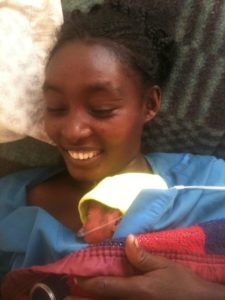
How Much Injera Do We Eat?
Ever had injera? Well, if you're reading this from Ethiopia, then the answer is "yes". But if you're anywhere else in the world, you might not have had injera. So what is it?
Wikipedia defines injera as "a yeast-risen flatbread with a unique, slightly spongy texture traditionally made out of teff flour." Teff is unique itself, almost exclusively found growing in the fields of Ethiopia. So this is a very Ethiopian food. The injera is used as an eating utensil, essentially sopping up the delicious stews (or "wots") that make up Ethiopian cuisine. A piece of injera is typically around 15 inches in diameter.
Of course our hospital goes through a lot of injera. It is served with every meal, and we serve our patients 3 meals a day. So, how much injera do we go through then? About 400 per day, or 3,000 per week. In one year, at Soddo Christian Hospital we consume over 150,000 giant pieces of injera!


